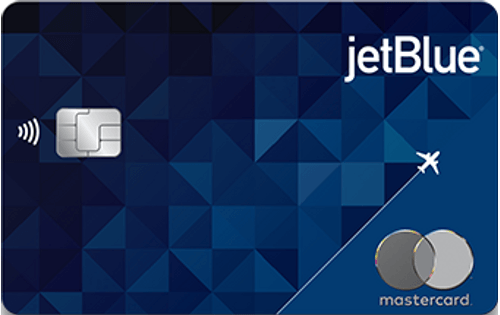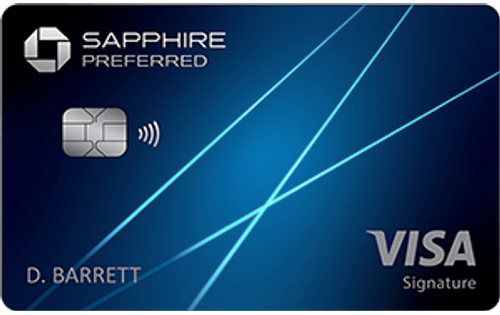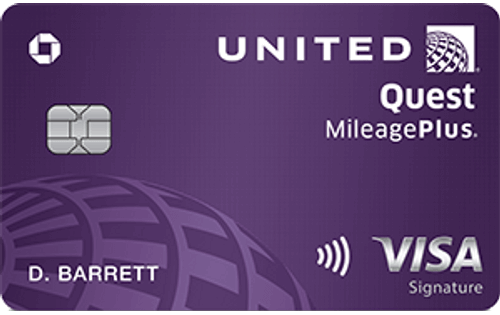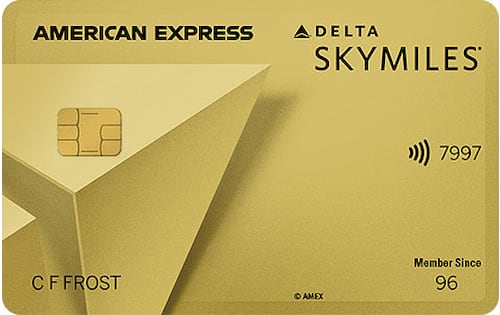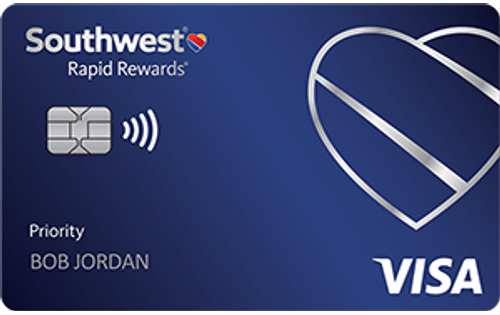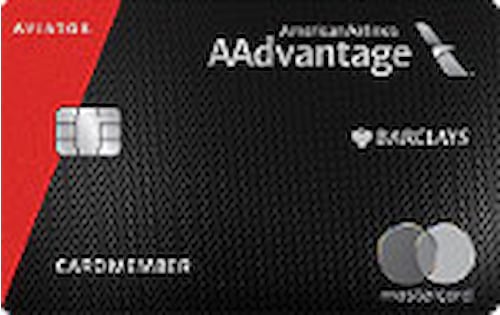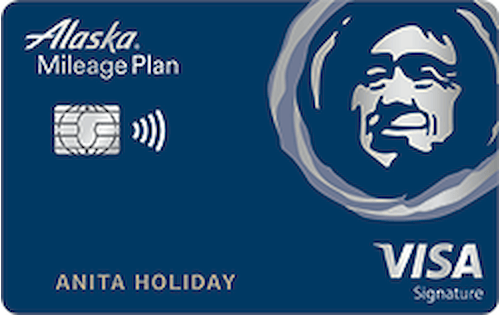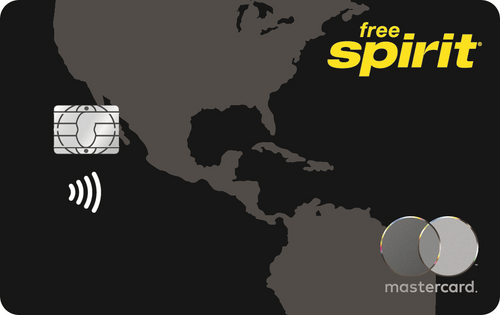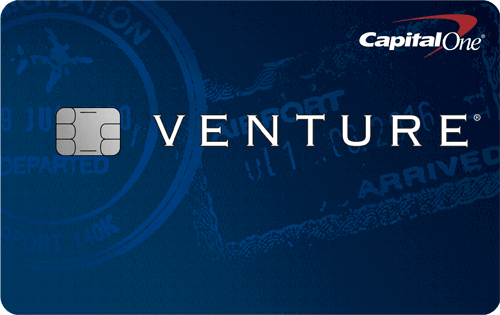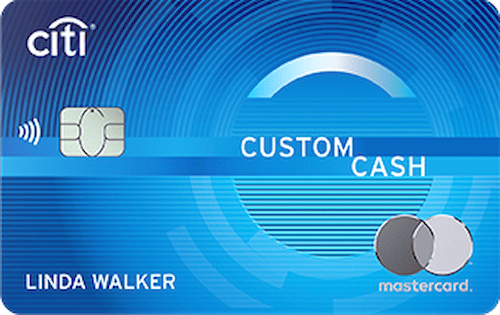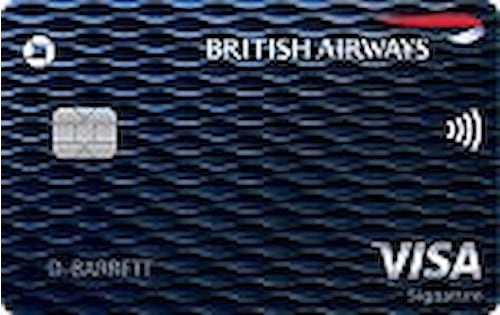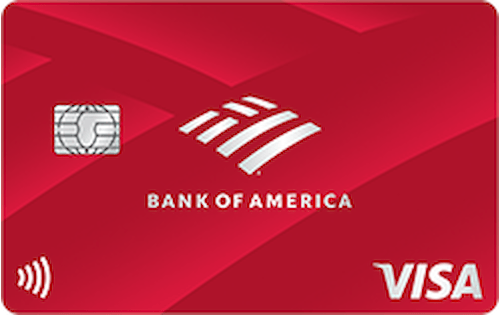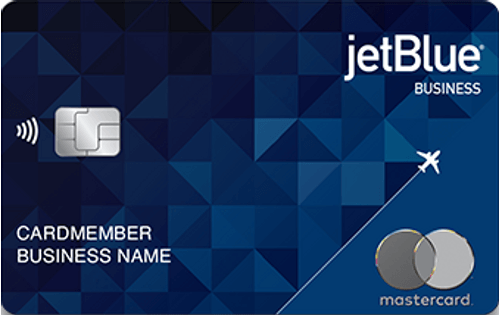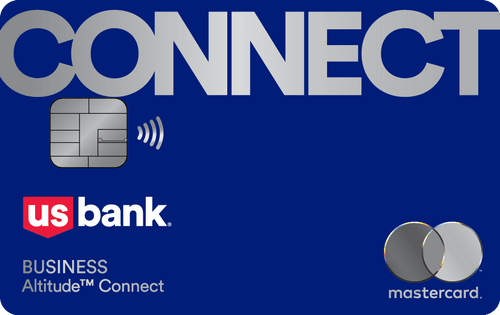- Best airline credit cards compared
- Best airline rewards programs in 2024
- Best airline credit cards for elite status without flying
- Methodology
- Sources
- Beginner’s guide to airline credit cards
- About the author
- User questions & answers
- Expert opinions
Best Airline Credit Cards Compared
| Credit Card | Best For | Initial Bonus Offer | Annual Fee |
| JetBlue Plus Card | One Airline | 60,000 points | $99 |
| U.S. Bank Altitude® Connect Visa Signature® Card | Any Airline | 50,000 points | $0 intro 1st yr, $95 after |
| Delta SkyMiles® Gold American Express Card | Delta Credit Card | 40,000 miles | $0 intro 1st yr, $150 after |
| American Airlines AAdvantage® Aviator™ Red Credit Card | American Airlines Credit Card | 50,000 miles | $99 |
| Alaska Airlines Credit Card | Alaska Airlines Credit Card | 70,000 miles | $95 |
| United Quest℠ Card | United Credit Card | 60,000 miles | $250 |
| Southwest Rapid Rewards® Priority Credit Card | Southwest Airlines Credit Card | 50,000 points | $149 |
Researching rewards programs is important to do before choosing an airline credit card, as both the card’s terms and the overall loyalty program’s rules will affect your ability to earn free flights and enjoy other benefits.
Best Airline Rewards Programs in 2024
| Rank | Airline Rewards Program | WalletHub Score |
| 1 | United MileagePlus | 69% |
| 2 | Alaska Mileage Plan | 63% |
| 3 | Hawaiian Miles | 60% |
| 4 | Delta SkyMiles | 60% |
| 5 | American Airlines AAdvantage | 55% |
Best Airline Credit Cards for Elite Status Without Flying
| Airline | Card Name | Elite Status | Spend Needed |
| Delta | Delta SkyMiles® Reserve American Express Card | Silver | $50,000 |
| JetBlue | JetBlue Plus Card | Mosaic | $50,000 |
Methodology for Selecting the Best Airline Credit Cards
To identify the best airline miles credit cards on the market, WalletHub’s editors regularly compare more than 1,500 credit card offers based on their airfare rewards, fees, approval requirements and redemption policies. In addition to the co-branded airline credit cards that are affiliated with major airlines, WalletHub’s editors consider cards that offer standout rewards on any airline. Final selections are made based on the two-year cost associated with each card.
How Two-Year Cost Is Calculated
Two-year cost is used to approximate the monetary value of cards for better comparison and is calculated by combining annual and monthly membership fees over two years, adding any one-time fees or other fees (like balance transfer fees), adding any interest costs, and subtracting rewards. Negative amounts indicate savings. When fees or other terms are presented as a range, we use the midpoint for scoring purposes.
Rewards bonuses and credits have been taken into account for two-year cost calculations. However, bonuses applicable to only a very small portion of cardholders are not considered. For example, credits and bonuses awarded for spending or redeeming rewards through a company portal with non-co-branded cards have not been taken into account. Similarly, bonuses and credits related to spending with specific merchants using a non-co-branded card have not been taken into account (for example, if Card A offers credits with DoorDash, this feature would not be factored into calculations because it is hard to assess how many cardholders would use the benefit or exactly how much value they'd get from it).
Cardholder Spending Profiles
Given that different users have different goals and are likely to use their credit cards differently, we identified spending profiles that are representative of different users’ financial priorities and behaviors. For each cardholder type, we have assumed a specific amount of monthly spending by purchase type (e.g., groceries, gas, etc.), as well as an average balance, balance transfer amount, amount spent on large purchases and average monthly payment. Spending assumptions are based on Bureau of Labor Statistics data for consumers and PEX data for businesses.
Sources
WalletHub actively maintains a database of 1,500+ credit card offers, from which we select the best airline credit cards for different applicants as well as derive market-wide takeaways and trends. The underlying data is compiled from credit card company websites or provided directly by the credit card issuers. We also leverage data from the Bureau of Labor Statistics to develop cardholder profiles, used to estimate cards’ potential savings.
Beginner’s Guide to Airline Credit Cards
What Is an Airline Credit Card?
An airline credit card is a credit card affiliated with a specific airline or group of airlines. Making purchases with an airline card gets you miles or points that you can redeem for free flights, and being a cardholder may get you benefits such as priority boarding and free checked bags with the affiliated airline and its partners.
Learn more about how airline credit cards work.
Pros and Cons of Airline Credit Cards
| Pros | Cons |
| Earn free flights faster | Annual fees |
| Priority boarding | High interest rates |
| Free checked bags | Purchases from travel sites might not count for bonus rewards |
| Savings on in-flight purchases | Harder to comparison-shop for airfare |
| Automatic elite status | Rewards redemption restrictions |
| Airport lounge access |
The advantages and disadvantages discussed above are not universal among airline credit cards. Not all airline credit cards offer airport lounge access, for example. However, these features are commonly found on airline cards.
It’s good to check a card’s terms and conditions for these pros and cons before applying. Some features are easy to spot, such as annual fees and interest rates, which you can easily compare to what other cards charge as well as market averages. Other things might be less obvious. For instance, airline credit cards generally require you to purchase airfare directly through the affiliated airline in order to earn bonus rewards. Booking through a third-party travel website may not count. As a result, shopping around for the lowest price on airfare might not be possible.
Learn more about the perks and potential drawbacks associated with airline cards.
Airline Credit Cards vs. Travel Credit Cards
| Category | Airline Credit Cards | Travel Credit Cards |
| Affiliated With an Airline? | Yes | No |
| Bonus Rewards With Affiliated Airline? | Yes | No |
| Bonus Rewards on All Airfare? | Rarely | Yes |
| Bonus Rewards on Hotels? | Sometimes | Yes |
| Bonus Rewards on Rental Cars? | Sometimes | Yes |
| Annual Fee Range | $0 - $595 | $0 - $995 |
| Min. Credit Needed | Good credit (700+ credit score) | Good credit* |
| Example Card | JetBlue Plus Card | U.S. Bank Altitude® Connect Visa Signature® Card |
* People with fair, limited or bad credit can get a cash back credit card that gives bonus rewards on travel, but you need at least good credit to get a card that offers miles or points and gives extra value on travel purchases or redemption, plus travel-oriented perks.
General-purpose travel rewards credit cards are better for most people because their rewards are more flexible. You can earn the maximum rewards rate on airfare purchased from any airline or travel booking website, and you can redeem your rewards to pay for a similarly wide variety of flights. On the other hand, airline credit cards can help you save more if you always fly with the same airline or you qualify for a particularly rewarding promotion.
Learn more about how to choose the right credit card.
Who Should Apply for an Airline Credit Card?
You should apply for an airline credit card if you have good credit or better and you fly at least a few times with the same airline each year. If you don’t satisfy these conditions, you’re either unlikely to get approved or more likely to maximize your savings with a different type of card.
When to consider a no-annual-fee airline credit card: You should get an airline credit card with no annual fee if you think it will save you more money at the end of the day than a card that charges a fee. To make that determination, estimate how much you expect to earn with each card’s rewards and then subtract any fees.
Learn more about how many airline credit cards you should have.
Are Airline Credit Cards Worth It?
Airline credit cards are worth it for people who regularly fly the same airline, as they will be able to earn and redeem frequently enough to make the most of the rewards and other perks airline miles cards provide. In terms of dollars and cents, the best airline credit cards are rewarding enough for even the average person to find them worthwhile.
In fact, the average credit card user could earn more than $1,000 in net rewards value, after subtracting annual fees, in just two years with any of the best airline credit cards for people with good or excellent credit on our list.
With that being said, the best airline miles credit card for one person could be very different from the best for someone else. The right choice for you might not even be an airline credit card at all – at least not one tied to a specific airline. Instead, you might want to take a closer look at the best credit cards with miles for any travel expense.
Learn more about when airline credit cards are worth it.
How to Find the Best Airline Credit Card for You
Airline credit cards aren’t one-size-fits-all. In other words, the best miles credit card for you might not be the best for your neighbor. That’s one reason recommendations from friends and family may be a good starting point, but not necessarily the route you should take. It’s also what makes choosing an airline credit card — or any credit card for that matter — so difficult. With this in mind, we’ve put together some pointers that should help direct you to your golden (airline) ticket:
-
Evaluate Your Spending Habits
The first thing you have to determine is whether any airline credit card will be a good fit. If you do not always pay your credit card bill in full, you should automatically rule out getting an airline card. Not only would a 0% credit card save you more money in the long run, but a rewards card would also promote increased spending at a time you need to cut back. If you never carry a revolving credit card balance, however, tabulate how much you spent on airfare last year then compare that figure to your overall annual spending.
If airfare accounts for at least 10% of your annual spending, you’re on the right track. If not, consider a cash back card instead. Finally, if you meet the criteria for an airline credit card, you should compare airline-specific offers as well as those with generic miles. The latter provide more flexibility, since they can be redeemed for any type of travel expense. If an airline-specific card offers a larger initial bonus or higher ongoing earning rate, you’ll need to determine if you will be able to commit to traveling with that provider every time you fly. -
Convert Miles To Dollars
The best way to achieve an apples-to-apples comparison between credit cards with different rewards currencies is to convert points and miles to dollars. This will enable you to compare all offers in terms of cash back percentage. Still, doing so will be easier said than done. Some airlines will post mileage charts, breaking down how many miles it takes to get different types of free flights. Other airlines will require you to look up flights individually in order to calculate redemption rates.
-
Focus On Initial Bonuses
Rewards bonuses are more valuable than ever. The average card with an initial bonus offers $242 cash back or 30,381 points/miles, according to WalletHub’s latest Credit Card Landscape Report. And the best of the bunch offer four or five times as much. So make sure to consider both upfront and ongoing rewards when comparing cards. And don’t be afraid to get a new card just for a few months of use if the initial bonus is good enough.
-
Don’t Forget About Fees
It’s easy to completely write off cards that charge annual fees or to get so caught up in flashy rewards that you forget to check the price tag. Both are mistakes. You need to consider the complete package and see which card offers the most net rewards value, with fees taken into account. Annual and foreign-transaction fees are the two biggest concerns for people who always pay their monthly bills in full.
-
Consider Loyalty Status & Other Perks
Many airline cards automatically qualify users for elite status, airport lounge access, free companion tickets and various other benefits. Such things have some value, but you shouldn’t take an airline at its word regarding their worth. Instead, look up how much each item would cost if purchased independently. Then include that amount in your calculations.
-
Flight Availability Is Crucial
Having thousands of airline miles in the bank probably sounds pretty sweet, but it’s actually kind of risky. Miles don’t get you anything until you redeem them, after all. And their value could fall if you wait too long. All the airline needs to do is increase the number of miles needed for a certain amount of airfare. That’s why you want a card that makes it easy to redeem on a regular basis. It’s also why some cards that seem really rewarding end up being disappointments. For example, the British Airways Card has eye-catching rewards. Yet we left it off this year’s list of the best airline credit cards because of its notoriously problematic redemption process.
How to Make the Most of Your Airline Credit Card
Finding the right airline credit card is only part of the battle. You also need to use it strategically if you want to benefit as much as possible. In particular, make sure to:
- Qualify for the initial bonus. Charging a few thousand dollars to your card in the first few months it’s open can get you hundreds of dollars in bonus rewards, which may be enough for a free flight. Not earning these bonus rewards would be a missed opportunity, so you should try to pick a card whose bonus you can earn easily with normal spending, then make sure you hit the spending threshold in time.
- Redeem your rewards often. The whole point of having an airline credit card is to enjoy the rewards and benefits. Hoarding miles for some undetermined future vacation doesn’t help you do that. You also risk seeing your rewards expire or get devalued if you wait too long to redeem.
- Use the perks you’re entitled to when you fly. Before you travel, make sure you know whether your credit card gets you priority boarding, free checked bags, airport lounge access, extra in-flight rewards and other common airline credit card benefits. These perks can upgrade your whole travel experience and help you avoid wasting money on things like baggage fees.
- Take advantage of secondary benefits. Airline credit cards often have benefits such as trip cancellation insurance, lost luggage reimbursement and rental car insurance that can save you money when you travel, even if you’re not flying with the airline affiliated with your card. Knowing what benefits your card offers ahead of time makes it easier to take advantage of the perks when the time comes.
- Pay the bill in full monthly to avoid interest. Most airline credit cards have fairly high interest rates. Fortunately, you can avoid costly interest charges by paying your full statement balance by the due date each month. If you don’t do this, interest charges are likely to exceed your rewards by a longshot.
Learn more about maximizing the benefits of your airline credit card as well as what mistakes to avoid.
